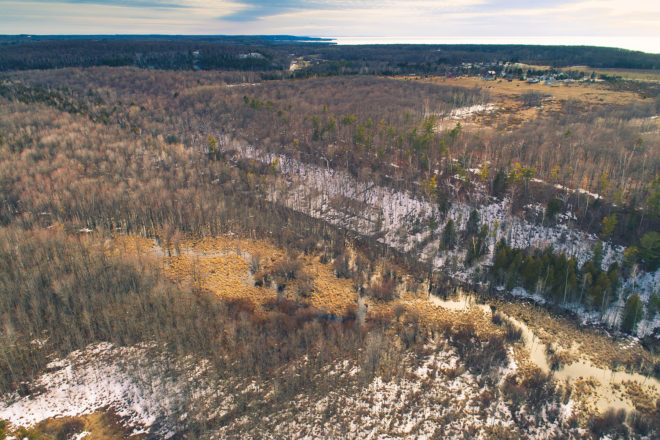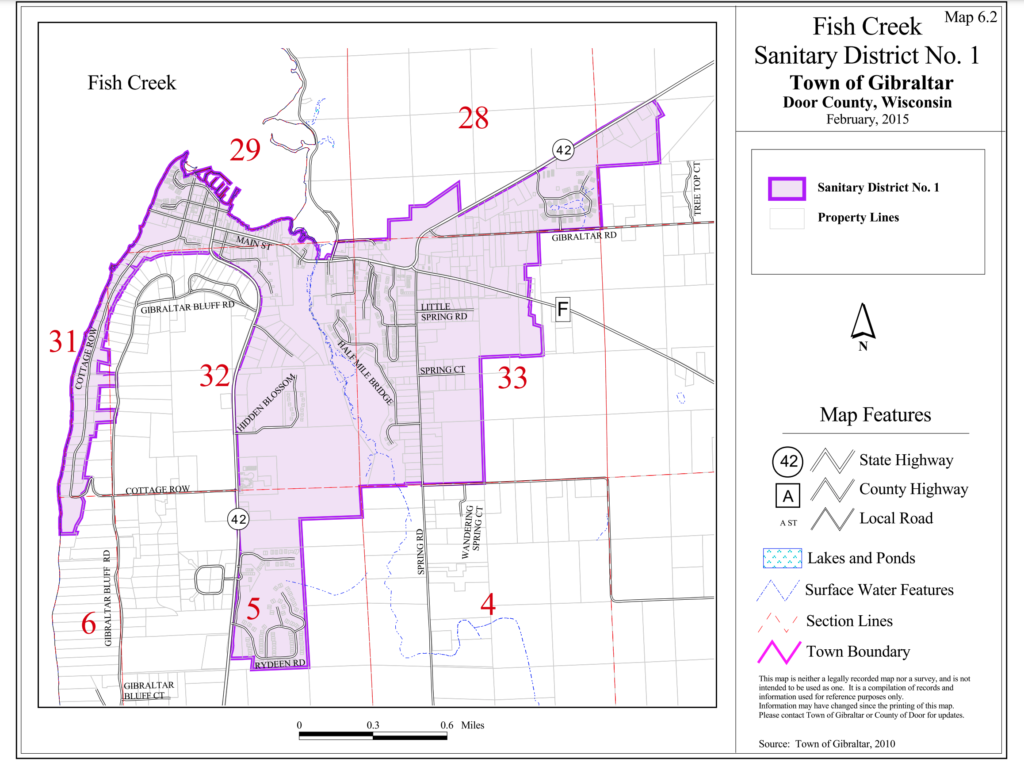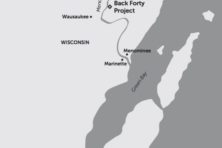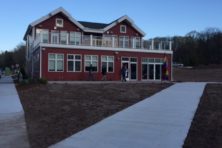Gibraltar TIF Gets Assembly Approval
- Share
- Tweet
- Pin
- Share

The Town of Gibraltar has cleared the first hurdle in creating a Tax Increment Financing District, commonly referred to as a TIF district or TID, to help pay for the expansion of its sewer lines to the upper bluff portion of the town along Highway 42.
The Wisconsin State Assembly approved a bill proposed by Rep. Joel Kitchens at the request of the town to allow the municipality to create the district. It now must pass the Wisconsin State Senate and be signed into law by Gov. Tony Evers before the town can proceed. Representatives from Gibraltar School, the county and Northeast Wisconsin Technical College would also need to approve the district because they would not gain their share of the new tax increment within its boundaries for the lifespan of the district.
Normally, TIF districts can be implemented only by city or village governments, or townships with a population of at least 3,500 people and taxable property value of at least $500 million. Gibraltar’s population of 1,228 falls well short of qualifying, but its taxable property value of nearly $1 billion more than satisfies the other provision.
The idea to create the district came after Marise Redmann approached the sanitation department with plans for approximately 100 residential units in two- and four-unit buildings and 15 vacant homesites on the property atop the bluff that’s commonly referred to as the Redmann property. Redmann said most of the units will qualify as workforce housing if they can keep development costs low. The property is zoned for more than 200 residential units.
“Our comprehensive plan outlines the need for workforce and employee housing, and it identifies that area as mixed use for this particular kind of development,” Town Administrator Travis Thyssen said.
To build, however, Redmann would need to install an on-site sanitary system and holding tanks unless the village completed long-discussed plans to extend sanitary lines up the bluff to service properties along Highway 42. The cost of extending the lines has stalled the idea in the past, but the TIF district could be used to offset much of the expense.
“One of the biggest impediments to creating housing and development in that area is being able to run the sewer line up there,” Thyssen said. “This would allow us to use tax increment [financing] to finance that extension and increase our tax base.”
In 2019, engineers estimated a minimum cost to extend sewer up the bluff at $800,000. Thyssen said the extreme high-end estimate in today’s climate could be as much as $3 million.
The town has not developed a final map of which property the TIF district will include, but Thyssen said it would likely include lands in the Highway 42 corridor between Little Sweden and the top of the Fish Creek hill, including the Settlement Shops, Lautenbach Orchard Country Winery and Hidden Blossom areas.
WHAT IS A TIF DISTRICT?
To create a Tax Increment Financing District – also known as a TIF district or TID – a municipality draws a box around an area within its boundaries that it wants to redevelop due to blight or economic development. All of the property taxes within that box make up what’s called the base value.
In Door County, municipal property taxes are pooled and then divided among the local school district, Northeast Wisconsin Technical College and the County of Door, and then a portion goes back to the municipality itself.
In a TIF district, any increase in property-tax revenue stays within the municipality and does not get divided among the school district, technical college and county. Those entities continue to receive revenue based on the established base value.
This provides funds for projects within the municipality. After a designated number of years, the TIF district expires, and that property-tax revenue is once again split among those four entities.
TIF districts have been important tools in spurring development, but they are also risky: If expected development doesn’t materialize by the expiration of the TIF-district term, the municipality is liable for that debt.
The Redmann property has been at the center of development conversations in Fish Creek for almost 20 years. After three years of discussions, the town came close to running sewer to the area in 2007 before the financial crisis put the brakes on development. In 2019, town voters turned down an opportunity to purchase the 200-acre Redmann property for $2.1 million. The town’s major objectives were to control development on the site, create affordable housing and preserve recreational opportunities around the Fish Creek watershed.
Redmann said she does not want to be the entire impetus for the creation of the TIF district.
“It’s really bigger than that,” she said.
Sanitary District Commissioner Bill Weddig agreed, saying that the extension would achieve a goal the district has hoped for years to achieve.
“The reason that whole area was annexed into the sanitary district in 2006 is because that’s where all the large holding tanks remain – at the Settlement Shops, Hidden Blossom, Hedonora Hill,” he said. “This would get rid of some old holding tanks that are 25-35 years old.”

That would mitigate the risk of holding-tank failures that could send runoff into the surrounding rock and soil and down the bluff into the Fish Creek watershed. Those property owners could still face substantial charges to hook up to the sanitary lines if the project is completed, but Weddig said the town could implement it over time.
“On Spring Road, we put the sewer in, but if someone had an existing tank, we gave them 10 years to use that before they had to hook up,” he said.
Thyssen said the town would like to move quickly if the TIF district is approved to capitalize on the 2022 building season. If the state approves the exemption for the town, the board would then need to create a formal TIF district plan and boundaries on which the town board would vote.



